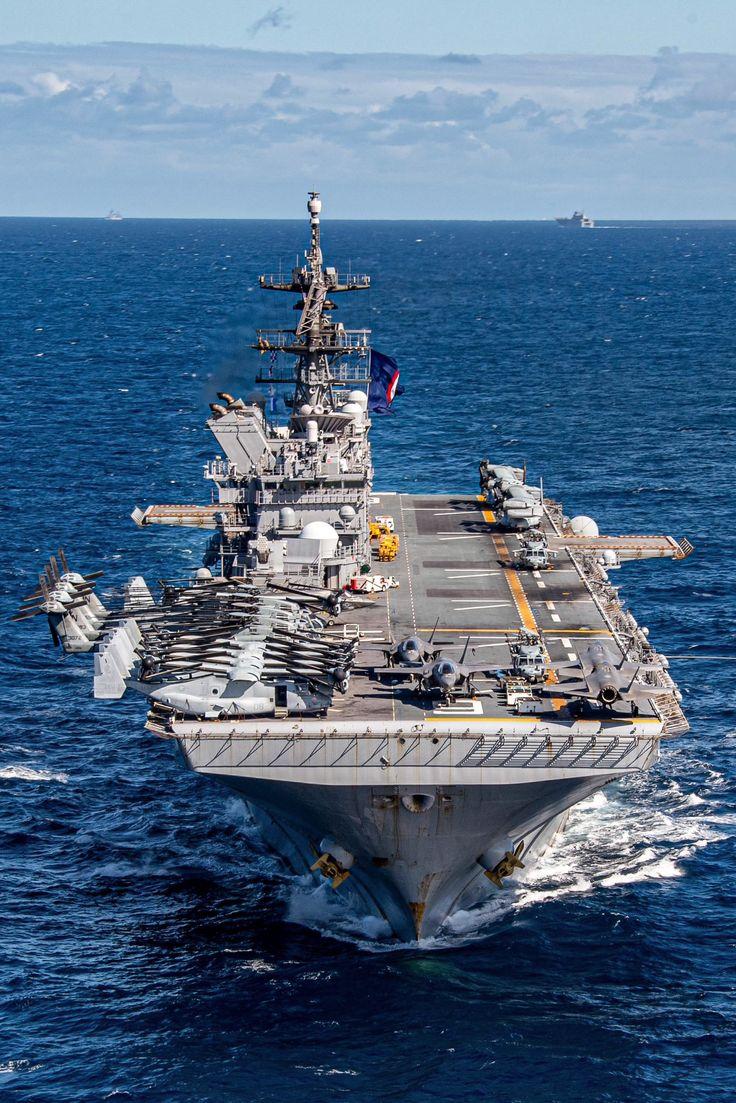In August 2025, the US Navy demonstrated its formidable global presence mobilizing carrier strike groups, integrating advanced virtual training, and forging maintenance alliances abroad even as it grapples with chronic repair backlogs. This article navigates through port calls, global exercises, systemic maintenance challenges, and new collaborative efforts, painting a vivid picture of readiness, adaptation, and perseverance at sea.
This August, the spotlight shines on the US Navy’s remarkable operational reach, its evolving readiness strategies, and the pressing maintenance obstacles testing its resilience.
1. Port Calls and Forward Presence: USS Nimitz in Bahrain
On August 10, 2025, the USS * Nimitz* (CVN-68), flagship of Carrier Strike Group 11—including Carrier Air Wing 17 and destroyers USS Gridley (DDG-101) and USS Lenah Sutcliffe Higbee (DDG-123)—docked in Manama, Bahrain. It marked the first carrier visit since 2020, underscoring Bahrain’s vital role in sustaining operational logistics and reinforcing deterrence in the Arabian Gulf. Rear Adm. Fred Goldhammer emphasized Bahrain’s enduring support as essential to maritime power projection.
2. Training for Tomorrow: LSE 2025 Bounds Forward
Concluding on August 8, Large Scale Exercise (LSE) 2025—the Navy’s most expansive global drill to date—demonstrated seamless command-and-control across 22 time zones. Involving six naval/Marine Corps commands and seven numbered fleets, LSE validated the Global Maritime Response Plan, pushing interoperability to new heights under virtual, live, and constructive integration. The synchronized participation of all 10 Fleet Maritime Operations Centers, alongside partners from Canada, Japan, and NATO, showcased the Navy's readiness to pivot toward high-end, real-world challenges swiftly and decisively.
3. At-Sea Logistics—USS Harry S. Truman’s Ammunition Offload
Further afield, the aircraft carrier USS Harry S. Truman (CVN-75) conducted a critical ammunition offload at sea on August 4. An MH-60S Sea Hawk helicopter from Helicopter Sea Combat Squadron 11 executed the transfer, illustrating robust underway logistics capabilities that bolster sustained forward presence.
4. Mechanical Roadblocks: Maintenance Woes and Submarine Backlogs
Despite operational momentum, the Navy continues to struggle with systemic maintenance delays. Chronic shipyard congestion—driven by aging infrastructure, limited dry dock slots, and workforce shortages—has severely impacted readiness. The Los Angeles-class submarine USS Boise, sidelined since 2015 and still awaiting overhaul, won’t return to service until 2029, effectively spending 15 years inactive. Adm. Daryl Caudle, the newly appointed Chief of Naval Operations, lamented the delay as “a dagger in my heart.”
Similarly, reports emphasize that the USS Helena’s prolonged six-year maintenance saga culminated tragically in a sailor’s electrocution, spotlighting the grim toll of neglected infrastructure and repair inefficiencies.
5. Allies to the Rescue: South Korea Steps In
In response, the Navy is turning toward international partners for relief. South Korea’s HD Hyundai Heavy Industries has secured a contract to perform maintenance on the USNS Alan Shepard, including essential work like propeller upkeep and equipment inspection—scheduled from September through November. This collaboration marks one of the first outcomes under South Korea’s MASGA (“Make American Shipbuilding Great Again”) initiative, signaling expanded reliance on allied shipyards to bolster capacity and fleet readiness.
6. Cybersecurity in the Supply Chain: Jamco Aerospace Hit by Ransomware
Adding another layer of vulnerability, Jamco Aerospace—a supplier to the US Navy, Boeing, and Northrop Grumman—was targeted in a ransomware attack by the Play group. The incident serves as a stark reminder: safeguarding the Navy's supply chain goes beyond physical assets—it must extend robustly to digital security infrastructures.
Conclusion
August 2025 reveals a US Navy doubling down on strategic agility: showcasing global sea power via deployment and multilateral exercises, while simultaneously confronting deep-seated maintenance backlogs and cybersecurity threats. But with allied partnerships gaining traction as force multipliers, the Navy charts a corrective course—projecting presence, enhancing resilience, and preserving peace across strategic waters.

